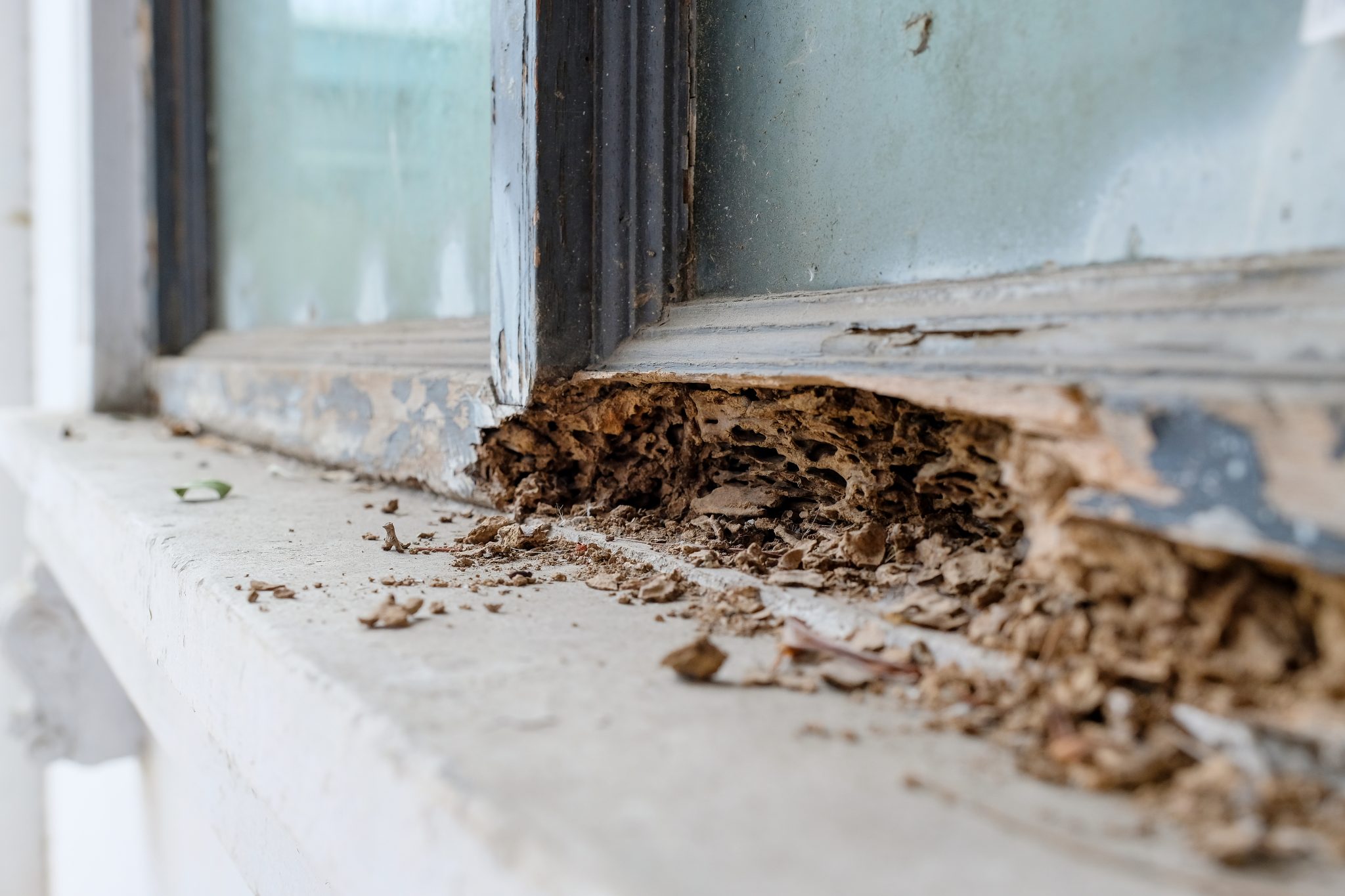Home

The U.S. Structural Pest Control companies generated an estimated $9.6 billion in structural pest control service in 2020, a 2.9 percent increase from 2019. Alabama has a climate that is especially favorable to termites who can be active year-round throughout most of the state. Subterranean termites account for the most structural damage annually as the most widely distributed type of termites in the U.S.
Alabamians are seeing increasing numbers of property infestations caused by subterranean termites, both the Formosan termite and the native termite species.
The Formosan subterranean termites are the most dreaded destroyer of homes. They are most prevalent in the hot and humid coastal counties such as Mobile and Baldwin. However, entomologists are seeing more and more serious infestations in the central parts of Alabama in 2021.
Early detection and knowledge of treatment technologies play a critical role in battling the formidable foe to protect homes.
Inspections and Prevention
Two of the most important parts of a termite treatment are
- removal of conditions favoring termite-activities
- early detection of termite infestation
For contracted homes, pest control services commonly provide annual inspection. This service means a check once per year, unless the homeowner notices suspicious termite activity.
Property owners of homes without contract services can call pest control services for termite inspection. In most of the cases calls are made after the homeowner notices termites swarming inside the home or on the property. However, these seemingly invincible wood-devouring insects are silent invaders and homeowners probably won’t even notice them. Worst of all, signs of termite damage may not be visible until it is too late. If an infestation is caught too late, they have already done considerable damage to the least visible parts of your home. Therefore, property owners need to stay vigilant about inspecting the home and property on a regular basis.
Termites love two things: water and cellulose. Property owners need to make an extra effort in eliminating conditions conducive to current and future termite activity. This includes keeping homes and surrounding areas dry and clean. Remove tree-stumps and fallen logs, and move wood debris away from the house. Most important is timely repair of leaking roof and pipes. Termites are more attracted to moist areas than dry wood.
Termite Treatment Technologies
Termite treatments are not a one size fits all. Each treatment may include the required elements of a treatment prescribed specifically for your case.
Work with termite control services to decide the best method for treating your property.
The two most common treatments for subterranean termites are baits and liquids. They have different methodologies and there are different times homeowners may want to deploy them.
Baits
Baits are designed to be placed in the environment and found by foraging termites as they look for food. This is an offensive strategy to reduce the termite population in a given area. Suppressing the population reduces the likelihood that the termites will find the structure. Baits can also be placed indoors over active mud tubes and where termite activities occur to kill termites.
The bait matrix is usually some form of refined cellulose blended with a toxicant, which usually is an insect growth regulator (IGR). Monitoring baits without IGR can be used, and then replaced with a bait when discovered by termites. Baits are attractive to some people as they are least disruptive to the landscape and the treatment can be removed if necessary.
Liquid Treatments
The use of soil-applied liquid treatments for termites has been around for decades. Liquid termiticides are a defensive play. There are two basic types of termiticides:
- the traditional repellents to keep termites away from a structure
- the advanced non-repellents that termites cannot detect
Foraging termite movement through the treated zone transfers the toxicant throughout the nest as they rub against, groom, and feed each other. New chemistries are better for the environment and better at controlling termites than their predecessors. Some customers prefer this method of treatment as it provides that continuous zone of protection around their property.
Which method is better?
Property owners work with the termite control services to select the best solution for a specific property. Property owner choice is part of the game plan. Some companies provide their guidance on what they found and how they think it would be best practices to treat the problem, but may rely on the property owner to have the final say as it is their home or business. Therefore, property owners need to speed on conditions surrounding their home that may impact the ability and efficacy to use a particular method.

